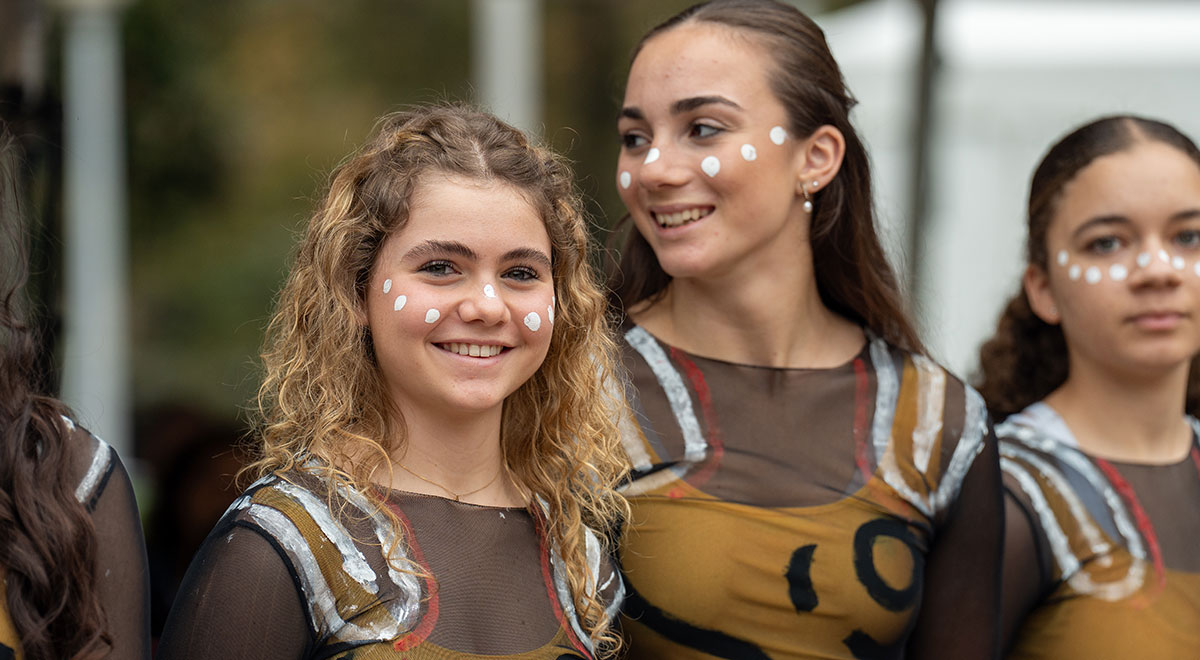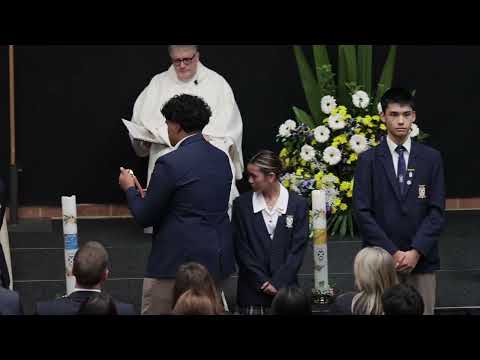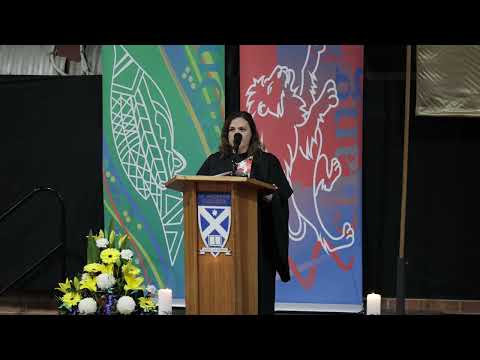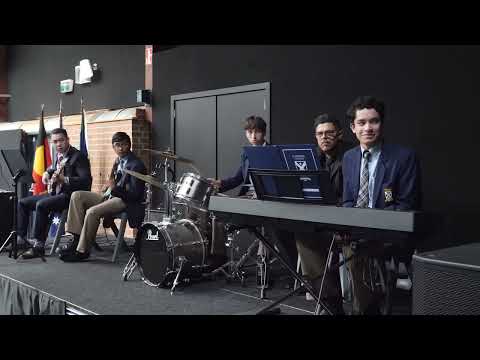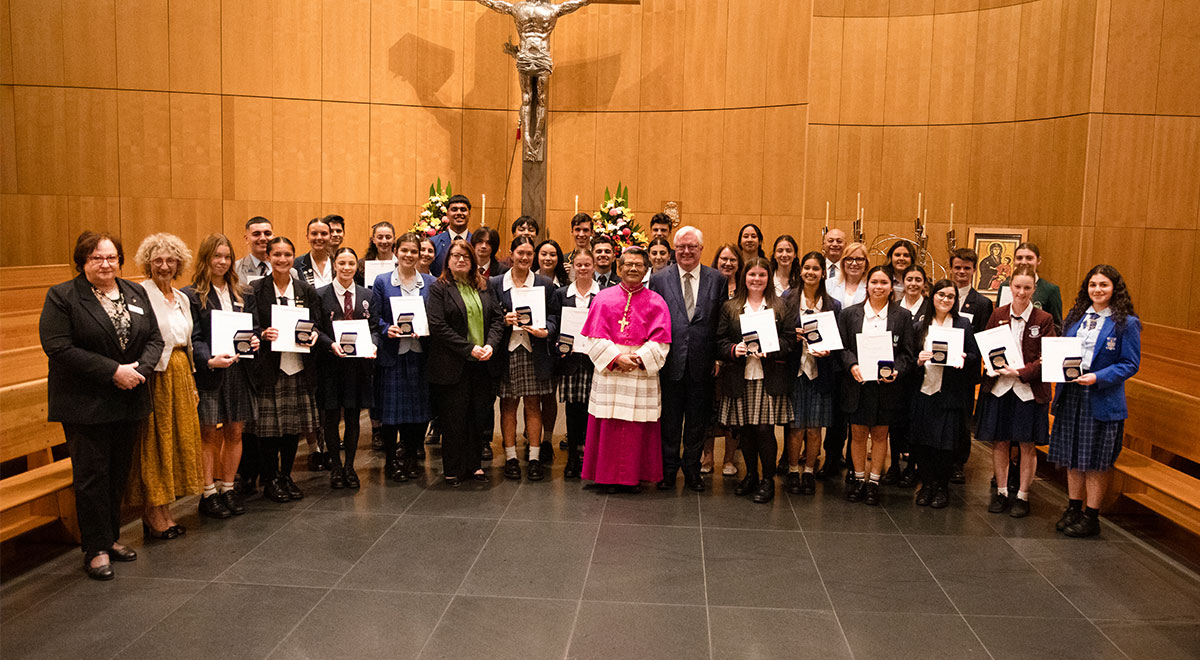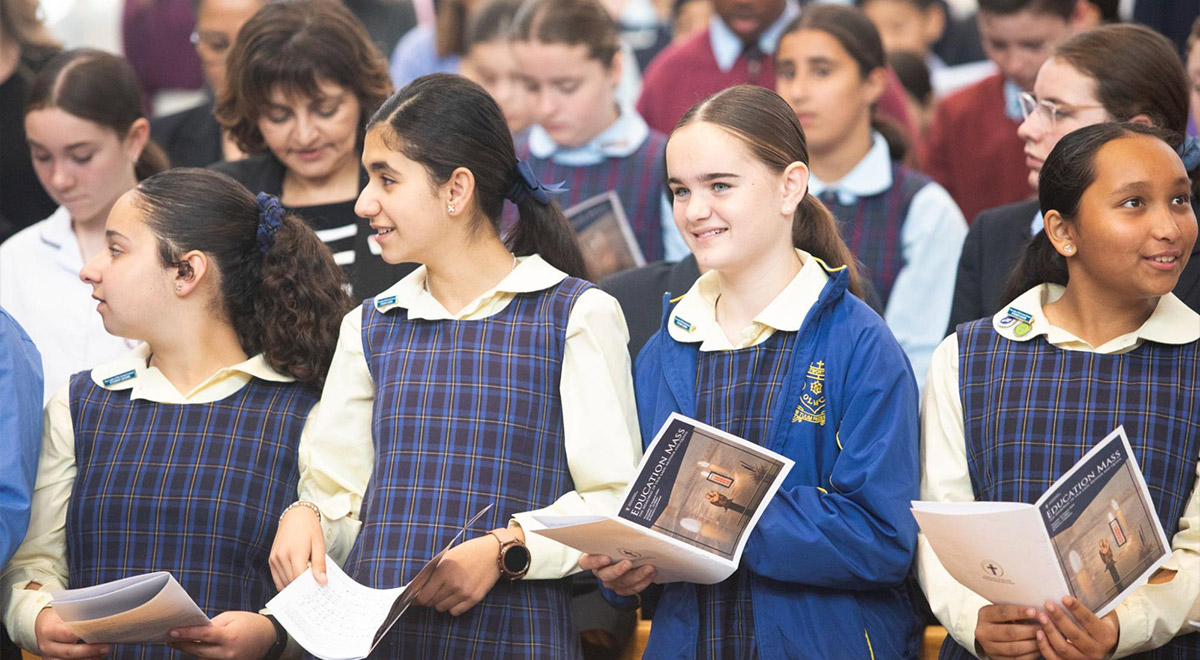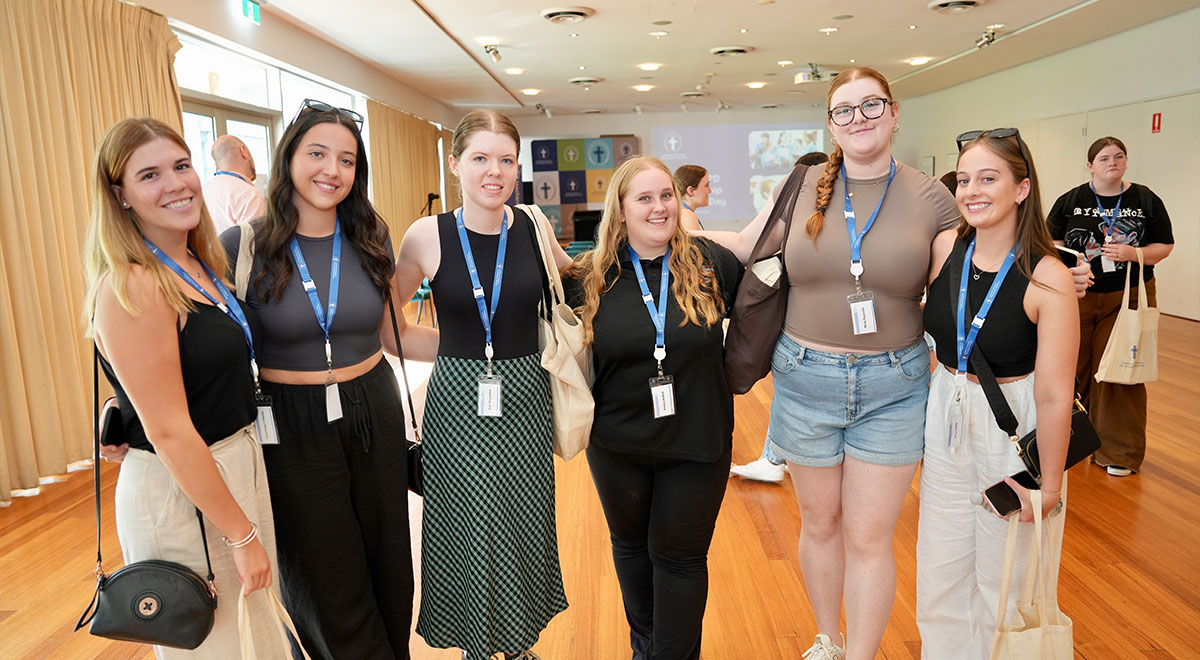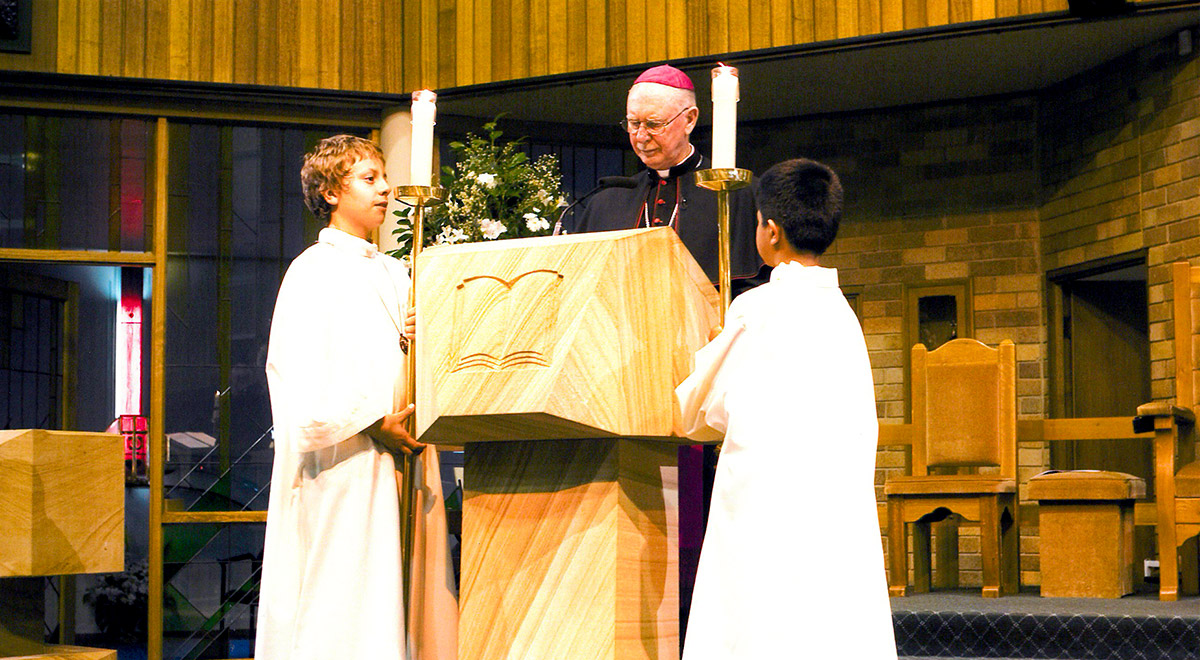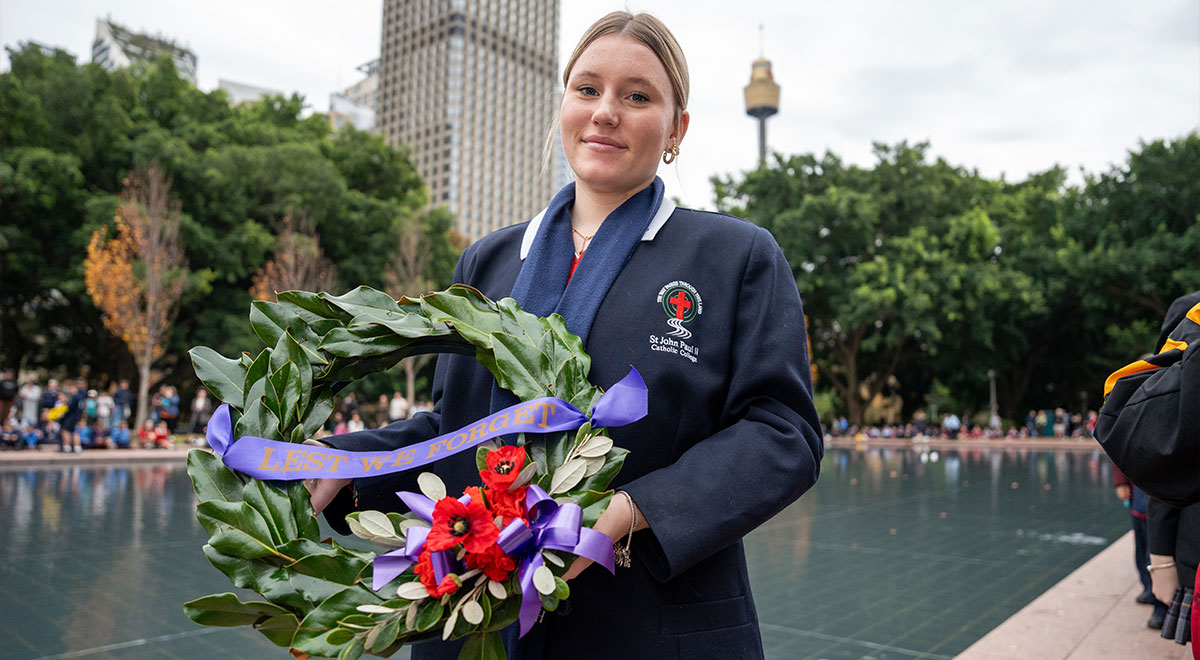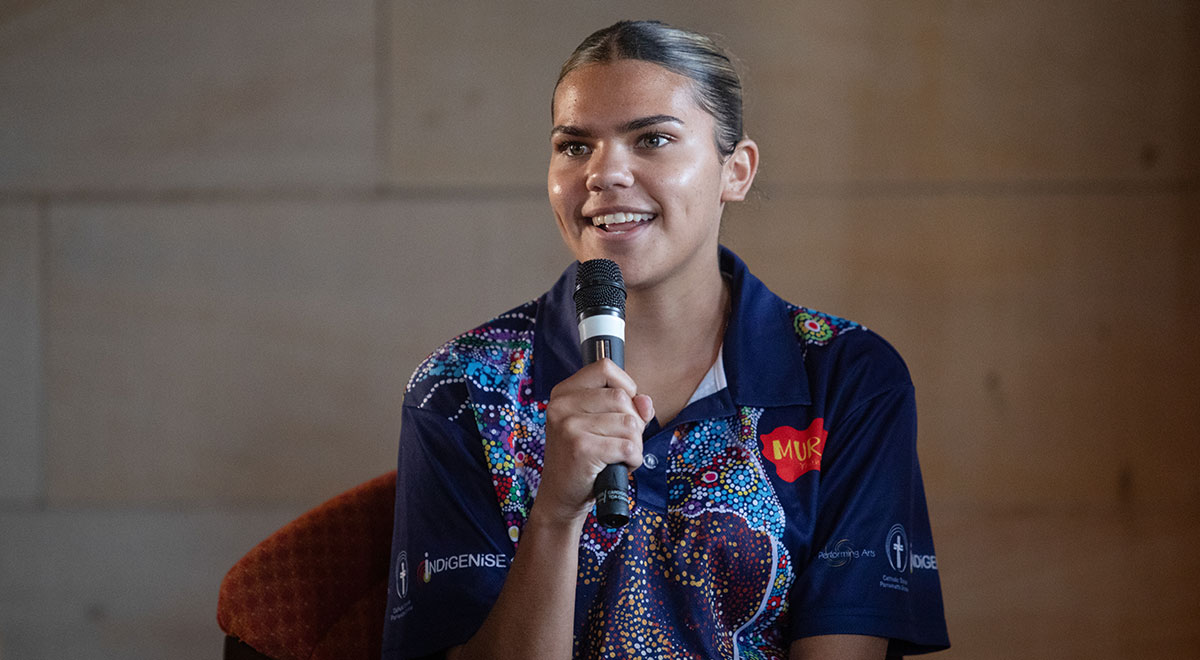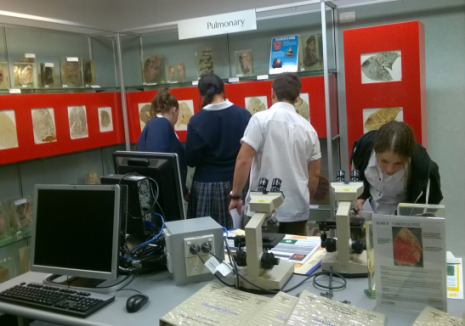
Year 12 Biology and Senior Science students visited the Museum of Human Disease at University of New South Wales, on 23rd October 2015. This was one of the largest excursion groups in Science on the Senior Campus, totalling around 65 students.
On arrival, Derek Williamson, the Director of Human Disease gave an introductory presentation about the museum. Students then spent time viewing specimens of diseased tissues in the museum and completing worksheets which had been developed specifically to address the Biology and Senior Science HSC content. New to the museum, and specifically targeted at the Senior Science students, was the use of digital worksheets.

At the museum, students were able to view a collection of around 3000 specimens of human tissue. Each specimen was accompanied by a clinical history of the donor. The museum’s exhibition covered a huge range of infectious and non-infectious diseases as well as those associated with lifestyle. Students were able to view and acquire great evidence to the cause and effect of correct lifestyle choices.
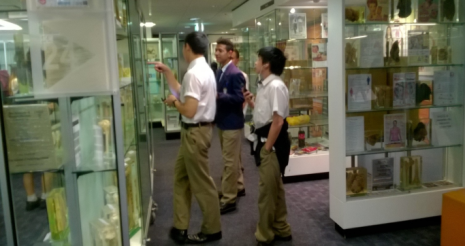
The museum is not usually open to the public. The students enjoyed their visit to the Museum of Human Disease because it was full of interesting and confronting specimens that held their attention throughout the day. Overall it was a life-changing experience for the students and one that they will remember for life.
Beatrice Chung and Raj Jayaratna
Teachers of Science

Year 12 Biology and Senior Science students visited the Museum of Human Disease at University of New South Wales, on 23rd October 2015. This was one of the largest excursion groups in Science on the Senior Campus, totalling around 65 students.
On arrival, Derek Williamson, the Director of Human Disease gave an introductory presentation about the museum. Students then spent time viewing specimens of diseased tissues in the museum and completing worksheets which had been developed specifically to address the Biology and Senior Science HSC content. New to the museum, and specifically targeted at the Senior Science students, was the use of digital worksheets.

At the museum, students were able to view a collection of around 3000 specimens of human tissue. Each specimen was accompanied by a clinical history of the donor. The museum’s exhibition covered a huge range of infectious and non-infectious diseases as well as those associated with lifestyle. Students were able to view and acquire great evidence to the cause and effect of correct lifestyle choices.

The museum is not usually open to the public. The students enjoyed their visit to the Museum of Human Disease because it was full of interesting and confronting specimens that held their attention throughout the day. Overall it was a life-changing experience for the students and one that they will remember for life.
Beatrice Chung and Raj Jayaratna
Teachers of Science
-
01 Jul 2025
Try a Career Day @ CathWest Loyola Campus
Year 10, are you curious about trying a career...? Register for our 'Try a Career Day' at the CathWest Loyola Campus!24 Jun 2025
Try a Career Day @ CathWest McCarthy Campus
Year 10, are you curious about trying a career...? Register for our 'Try a Career Day' at the CathWest McCarthy Campus!














